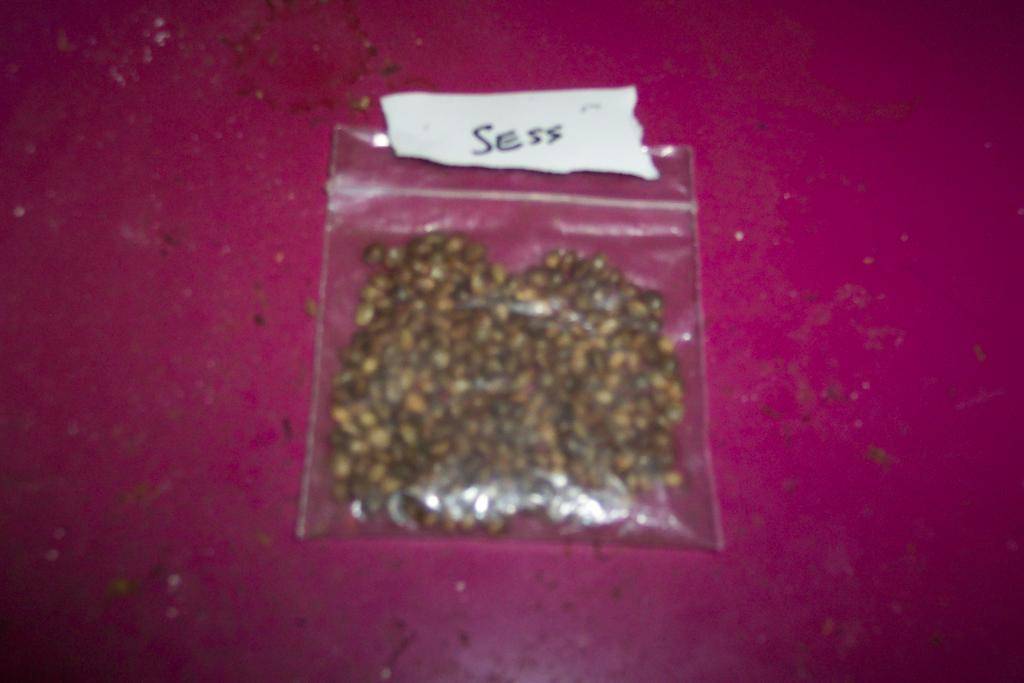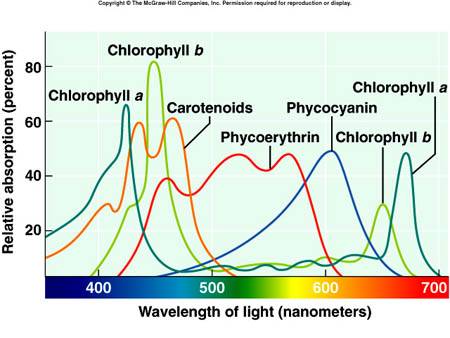B
BeAn
Tidy job with the soldering iron mate, shame about the 6/10 on the indian delicacy though...dont think a slow cure in a jar would would make them any better either...
I'm thinking a small, 60cm 800w turbine on my roof connected to an old UPS from ebay and bob's your mother's brother!


Looks very nice, I can tell right away by the leaves that that is a more Afghan leaning pheno than the one I have, in fact, looks like an Afghan dom pheno by the leaf form.Very interested to see how she turns out.
A tiny bit of pollen from the OGxPA (we gotta give it a simpler name! lol) got on a Oaxacan cutting and I got 4 seeds that looked mature-ish, bit pale. I tried germing em and only 1 popped, it stuck it's cotyledons out of the soil today so fingers crossed it's a lady, with such a mixed genetic background, the possibilities for something rather unusual are strong.
I've got rooted cuttings of two Purple Thai males, gonna pollinate another Oaxacan with one of them.I've been thinking about sibling crosses and how they might work, eg:
Purple Thai (Thai x Purple Afghan) x Purple OG Kush (OG x Purple Afghan)
This would be 50% Purple Afghan, 25% Thai and 25% OG, all of the Afghan genes being fromthe same male plant.
I'm not suggesting I'm going to make such a cross, just interested in debating the merits of such a cross using two hybrids made with the same father.
goto holland and get a breeding facility
I got about eight seeds off the OGK a couple of weeks ago - no idea what pollen source, unless it's the abortive attempt I made on the HOG with Overflow pollen ages ago, but it didn't have any effect on the HOG at all, so not sure. Failing that, it has to be rogue pollen from the HOG itself, as there's no hermie on the OTMs at all. Mind you, one or two friends have also reported the odd seed in OGK, so maybe it has a very slight hermie tendency too? But I've never seen a single nanner on that in about six grows, so it's all a bit of a mystery.
classic...I highly approve of all ghetto growing methods!
Actually I was aiming for 1915, sonora desert, watch Pancho Villa start the revolution while picking up some of that proper crazy weed the yaqui indians were growing and perhaps grab a fat sack of peyote buttons too lol
or maybe The highlands of the Sierra Madre, spring of 67, sampling the best from the crop of 66, then stuff a van full of it and drive north to Monterrey to catch Hendrix rofl
they will love the uv light...380-385nm LEDs, two with 390-400nm and two with 400-410nm LEDs...
...360 UV LEDs just to be able to assess the effects of UVA light.
I have quite a few "Sess" seeds from 5 years or so ago. Original bud was very nice quality smoke for such shit-looking super-compressed bud. Source? Unknown, but obtained via South London Grenadan Rasta work associates at the time. I always assumed was Jamaican or Grenadan.
Have grown one - extreme sativa phenotype, electric lime green, ultra-thin, ultra-long leaves. Used an Afghani male to make some beans with it, and chopped it after the beans dropped (last plant in the cab, and was only getting going after 9 weeks of 12/12 - didn't want to wait forever on one plant). None of those produced beans popped, but may well be my lack of skill.
Not at all confident I have the experience to grow these out to their full potential, but others may do better.
Maybe I'll stick a couple in the paper towels sometime.....they aren't getting any younger.

btw, is that orchid bark, or inert rocks, in the media of the s*****'s jack? in post 103.
enjoy your garden!
classic...
they will love the uv light...
350-500nm influences:
*chlorophyll a production
*auxin hormone catalyst
*split of water atom
*plant movement
*stomata movement
see link in sig
lighting conversion data
https://www.icmag.com/ic/showthread.php?t=127112
sunlight reaching surface of earth has max intensity in blue-green region of spectrum, or 450-550nm. chlorophyll absorbs smallest amount of incident light energy in this region. but they still will be entirely different, in final fruit, w/ blue light added... chlorophyll a & b have absorption peaks @~440nm.
nice led array:yes... looks like you even calculated for the current leakage... striking power (luminous efficacy) seems the only limitations of diodes...
I'll put 'em in the rotation. I'll be sure to show 'n' tell if I get a popper.
Rather vaguely on the same subject....I was on a work assignment in Antigua a few years back, and got quite chummy with some of the local Rastafarians. According to them, local cultivation there was pretty much non-existant, but the island was an important drop-off on South American produce heading north, and they just took their pick of what they looked after. TBH....quality was not what I expected, especially as the bud (although seeded) wasn't compressed. Nice high, but my socks stayed firmly on throughout my months there.
Grenada has a thriving cultivation scene, but it takes big cajones to get into the right circles.
interesting...Very interesting, I can see you know a fair bit on this topic. I should split this off into a new thread so we can really get down to details. I am going to install the four 65-LED UV panesls I have as soon as the driver I ordered to run them arrives. They will use 6-7W each, so I am going to be supplementing about 25W of UV radiation. I am fitting the four panels in one corner, two on the back wall, two on the side wall so they are floowing that corner with UV light. I will then place a cutting in this corner and another cutting of the same genetics in the opposite corner and see how they do, this will allow me to see what effects the UV has.
The four panels are made up of these LEDSs:
1 x 380-385nm
1 x 390-395nm
2 x 395-400nm
By the way, those graphs are actual results from testing an LED from the 100pc bags I bought, I had a friend test them with his fancy equipment, he's an LED freak, he collects them!
My concern is that, while this 380-400nm UVA will have some effect, deep blue in the 440-460nm range is what I should really be using. I have purchased 10 royal blue (440nm) Luxeon 1 watt LEDs and I have a load of 460-470nm blue Seoul P3 1 watt LEDs left over from a veg light project so I can make a blue light panel soon as well.
I also have 3 6-7W panels that are of the same construction as the UV panels but using 50% 460-470nm blue and coolwhite LEDs, these will emit a lot of blue in the 46-470 range, quite a lot of blue in the 440-540nm range, some yellow, some green and some red/orange, I made these to use for vegging seedlings but never used them, perhaps I could use these panels to supplement blue in the 440-470 range and compare the effects of 380-400nm light to the effects of 440-470nm light.
This is the spectrum of the white LEDs I used:
And this is the spectrum of the blue ones:
The blue part of the white LED peaks at 455nm and the blue LED peaks at 460nm so these should be quite effective at stimulating the 440nm peak response point.
Elevator man has recently added 4 x 6500k fluoro tubes to his 400w HPS grow and reports some interesting results, he mentioned increased terpene production and thinner leaflets, I will ask him to further elaborate on his findings to date.

If we looks at that chart, we can see that the chlorophyll A absorbption point is exactly where the blue and white LEDs are emitting their light, so I expect to see some effect by adding these supplemental panels. Also, carotenoids are right at their peak of absorption around 400-500nm too so that is significant. Most of the terpenoids are carotenoid type substances so light in the 400-500nm range is going to stimulate production of greater levels of terpenoids and those are responsible for smell and taste and can also affect the nature of the high, so adding all this LED light is bound to have some effects on smell and taste.
This could be very important research. For instance, I might find that I can stimulate much greater production of a terpenoid that is responsible for a particular moderation effect in combination with THC and be able to completely alter the perceptive effects of the buds. I.E. if a plant produces a quite speedy effect due to a terpene present in it and I can stimulate production of more of that terpene, I could make a slighty racy effect change into a heart-pounding thrillride! We shall see...
interesting...
what is your dc power source? w/ such low wattage/intensity, should be able to place those lights very close to the plants... 2-4"? 1k's get 2-6" away from trees in imaginary garden...
tried to get a general tests/advanced techniques/experiments thread going here:
advanced techniques|experimental methods|tests|plant physiology+manipulation|env eng
in hopes of maybe sub-forum status some time in future... free to contribute as much as you desire...
member whazzup seems to be active in another forum in which there are all sorts of scientifically-grounded, double blind, double-redundant test being performed & peer/industry reviewed...
wont post link(s) here, but they just completed a hps/mh bulb vs. hps bulb test... very exacting & well done.
would be nice to have such a forum @ icmag...
*edit*
are you expecting alteration of the growth of the fruit, or the final effect of the fruit, or both, using the leds?
in fictitious garden, add mh for affect on final fruit quality, not for increased growth...
enjoy your garden!
building the pyranometer may be worthwhile in measuring your output & input (in photons) to the plant(s)... & future experimentsquantum meter
measures the number of electromagnetic energy units (photons) available on the leaf surface in units of microeinsteins per square meter per second (ue/m^2/s).
radio meter
measures the amount of radiant energy available on the leaf surface in units of watts per square meter (w/m^2).
pyranometer
measures par (photosynthetically active radiation) watts/m^2.
measuring sunlight at earth's surface:build your own pyranometer:
http://www.pages.drexel.edu/~brooksdr/DRB_web_page/construction/pyranometer/pyranometer.htm
 (fire
(fire